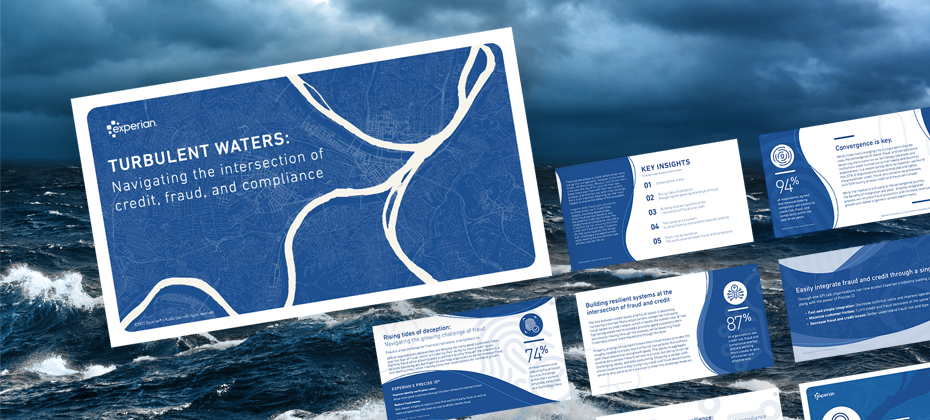
For lenders, first payment default (FPD) is more than just financial jargon; it’s a crucial metric in assessing credit risk. This blog post will walk you through the essentials of FPD, from defining the term to exploring how you can prevent and mitigate its potential impact.
Understanding first payment default
FPD occurs when a consumer fails to make their initial payment on a loan or credit agreement, which is often perceived as an early signal of a potential cascade of risky behavior. Recognizing FPD is the starting point for lenders to address potential issues with new borrowers before they escalate.
One important aspect to grasp is the timeline of FPD. It’s not just about missing the first payment; it’s about “early” missing. The timing of defaults is often critical in assessing the overall risk profile of a borrower or group of borrowers. The earlier a borrower starts to miss payments, the riskier they tend to be.
Examining the causes of FPD
The roots of FPD are diverse and can be classified into two broad categories:
- External factors: These include sudden financial crises, changes in employment status, or unforeseen expenses. Such factors are often beyond the borrower’s immediate control.
- Internal factors: This category covers more deliberate or chronic financial habits, such as overspending, lack of savings, or overleveraging on credit. It’s often indicative of longer-term financial instability.
Understanding the causes of early payment default is the first step in effective risk management and customer engagement strategies.
Implications of FPD for lenders
FPD doesn’t just signal immediate financial loss for lenders in terms of the missed installment. It sets off a cascade of consequences that affect the bottom line and the reputation of the institution.
- Financial loss. Lenders incur direct financial losses when a payment is missed, but the implications go beyond the missed payment amount. There are immediate costs associated with servicing, collections, and customer support. In the longer term, repeated defaults can lead to write-offs, impacting the institution’s profitability and regulatory standing.
- Regulatory scrutiny. Repeated instances of FPD can also draw the attention of regulators, leading to scrutiny and potentially increased compliance costs.
Mitigating first payment default
Mitigating FPD requires a multifaceted approach that blends data, advanced analytics, customer engagement, and agile risk management. Lenders need to adopt strategies that can detect early signs of potential FPD and intervene preemptively.
- Data-driven decision-making. Leveraging advanced analytics and credit risk modeling is crucial. By incorporating transactional and behavioral data, lenders can make more accurate assessments of a borrower’s risk profile. Utilizing predictive models can help forecast which borrowers are likely to default on their first payment, allowing for early intervention.
- Proactive customer engagement. Initiatives that revolve around education, personalized financial planning advice, and flexible payment arrangements can help borrowers who might be at risk of FPD. Proactive outreach can engage customers before a default occurs, turning a potential negative event into a positive experience.
- Agile risk management. Risk management strategies should be dynamic and responsive to changing market and customer conditions. Regularly reviewing and updating underwriting criteria, credit policies, and risk assessment tools ensures that lenders are prepared to tackle FPD challenges as they arise.
Using FPD as a customer management tool
Lastly, and perhaps most importantly, lenders can use FPD as a tool to foster better customer management.
Every FPD is a data point that can provide insights into customer behavior and financial trends. By studying the causes and outcomes of FPD, lenders can refine their risk mitigation tools and improve their customer service offerings.
- Building trust through handling defaults. How lenders handle defaults, specifically the first ones, can significantly impact customer trust. Transparent communication, fair and considerate policies, and supportive customer service can make a difference in retaining customers and improving the lender’s brand image.
- Leveraging data for personalization. The increasing availability of data means lenders can offer more personalized services. By segmenting customers based on payment behavior and response to early interventions, lenders can tailor offerings that meet the specific financial needs and challenges of individual borrowers.
How Experian® can help
First payment default is a critical aspect of credit risk management that requires attention and proactive strategies. By understanding the causes, implications, and mitigation strategies associated with FPD, financial institutions can not only avoid potential losses but also build stronger, more enduring relationships with their customers.
Learn more about Experian’s credit risk modeling solutions.
This article includes content created by an AI language model and is intended to provide general information.


